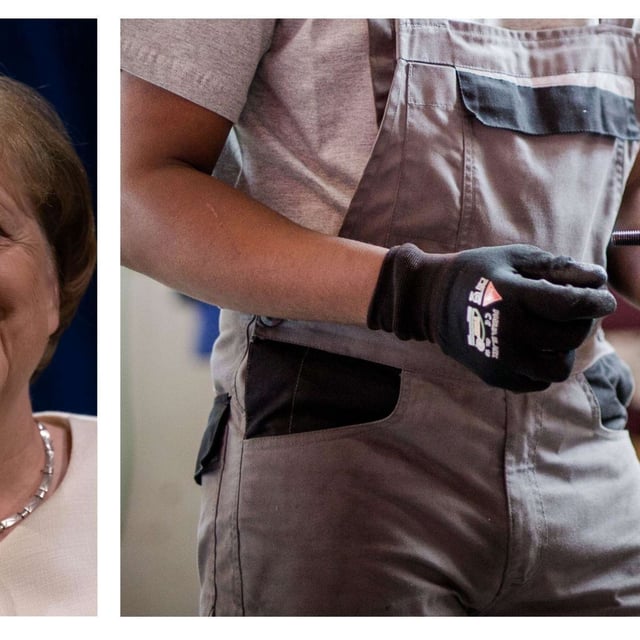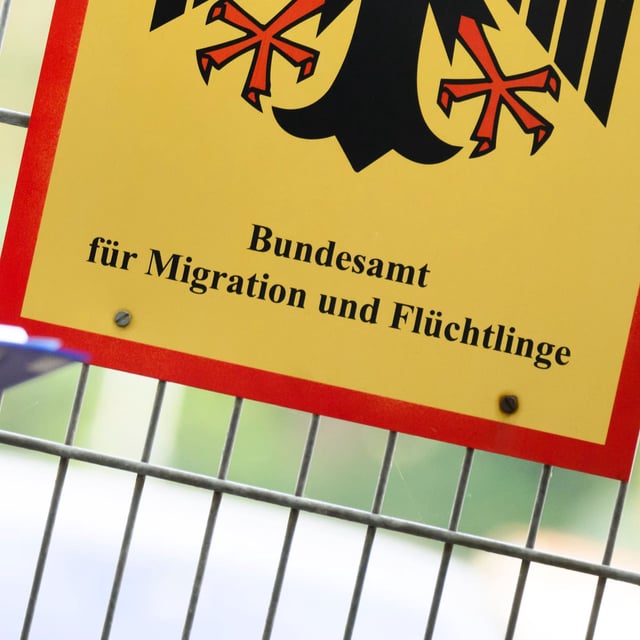Overview
- The IAB reports that 64% of people who arrived in 2015 held dependent jobs in 2024, rising to roughly 70% when self-employment is included, close to the national rate.
- Employment remains highly uneven by gender, with 76% of men working versus 35% of women, and refugee women far more likely to be in part-time roles.
- Median gross monthly pay for full-time workers from the cohort reached €2,675 in 2023, about 70–71% of the median for all full-time employees in Germany.
- Roughly one-third of households from the 2015 arrivals continued to receive Bürgergeld by 2023/2024 despite overall gains in employment.
- Many work in shortage and system-relevant occupations, yet outcomes differ widely across states, with stronger results in Baden-Württemberg, Bavaria, Rheinland-Pfalz and Hamburg than in Brandenburg, Mecklenburg-Vorpommern and Sachsen-Anhalt; the study also flags language, credential recognition, bureaucracy and local attitudes as key hurdles.



